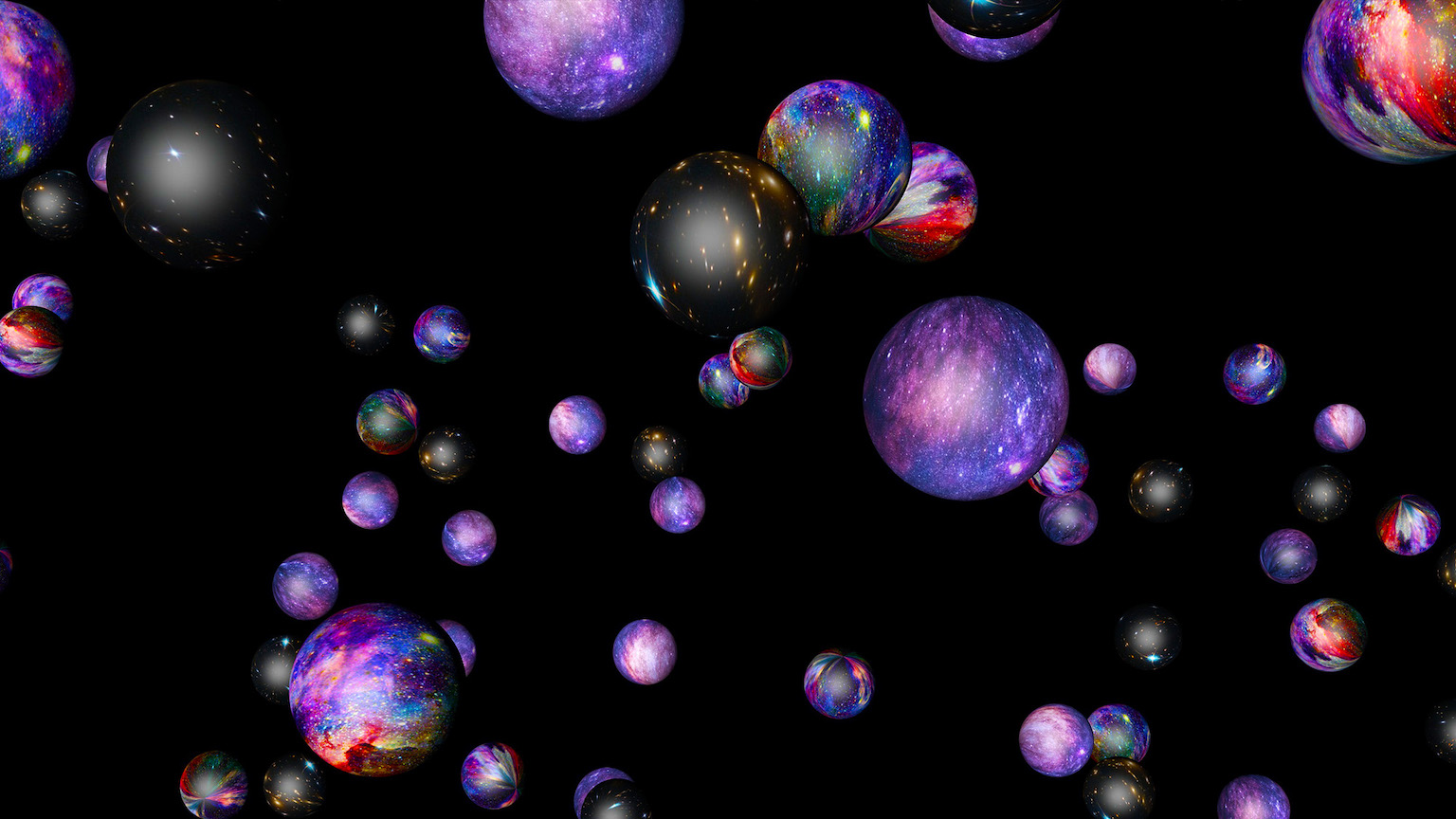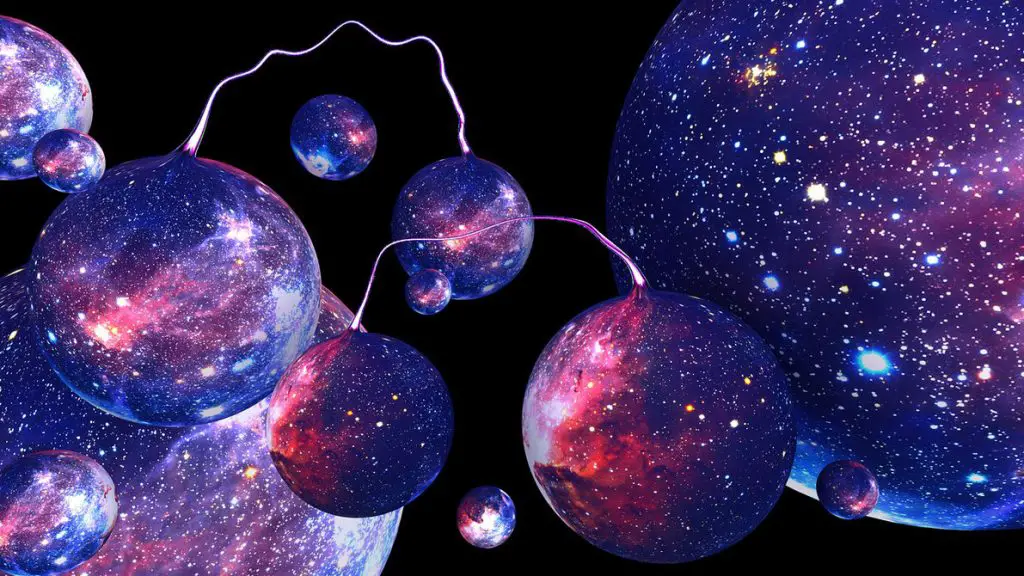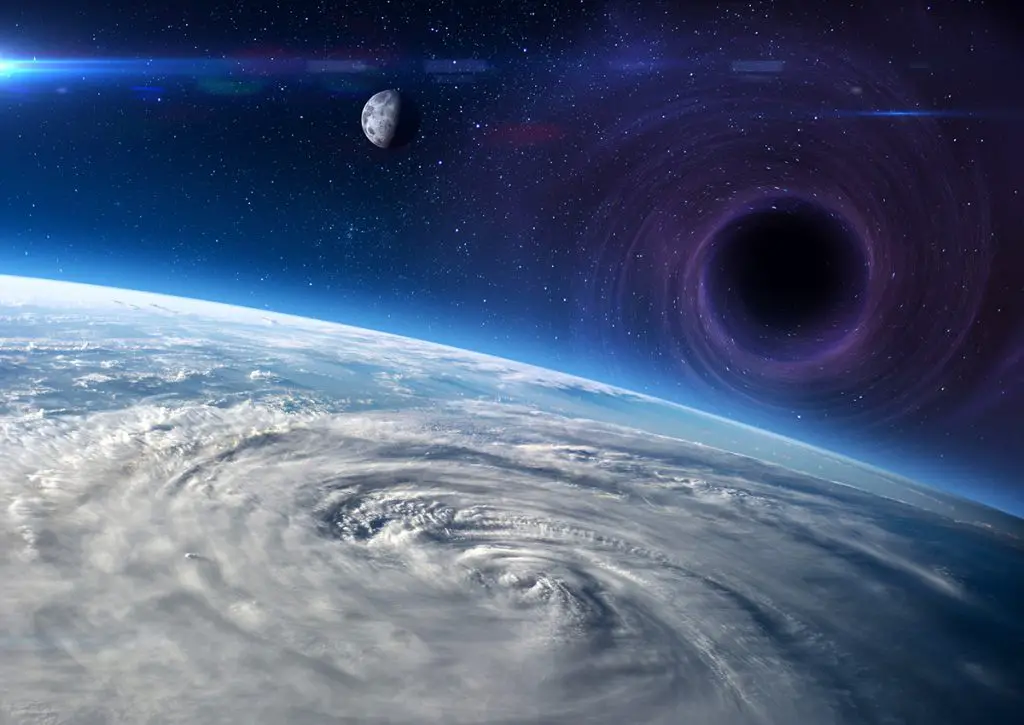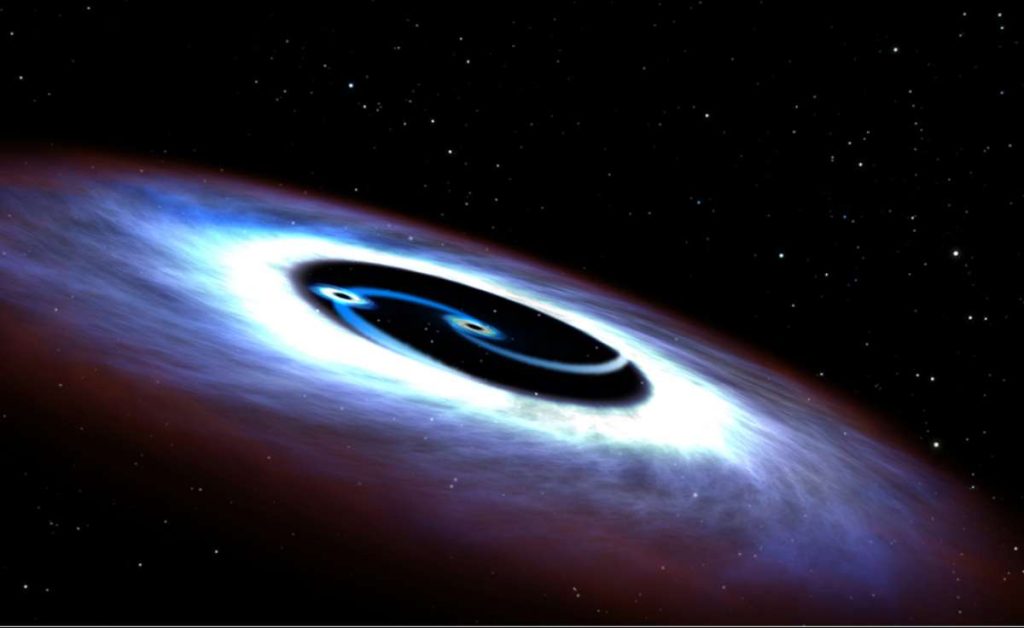Within this Universe, we’re merely a drop in the cosmic ocean.

All that humanity has ever experienced is confined to a spheroid just 13,000 km across.
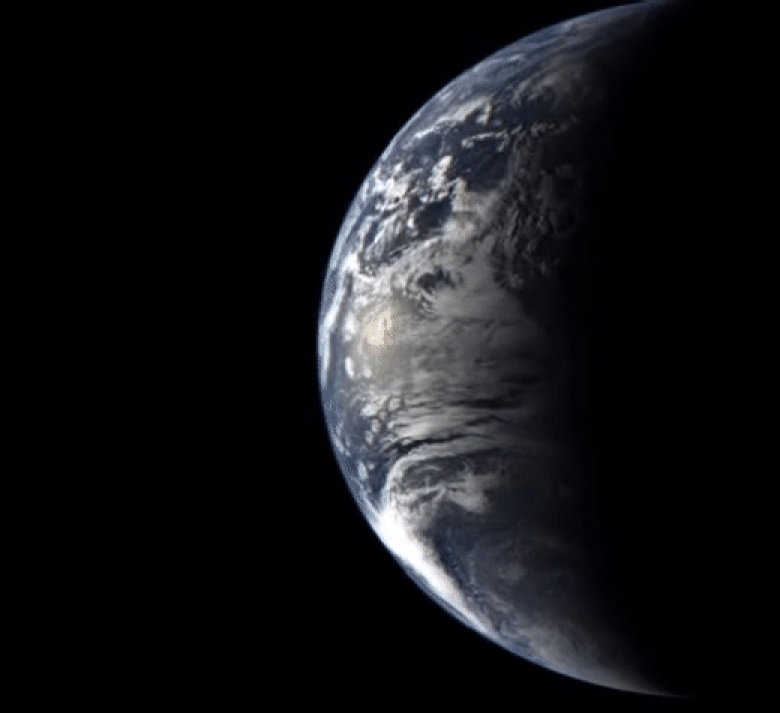
Even other planets routinely occupy thousands of times the volume of Earth.

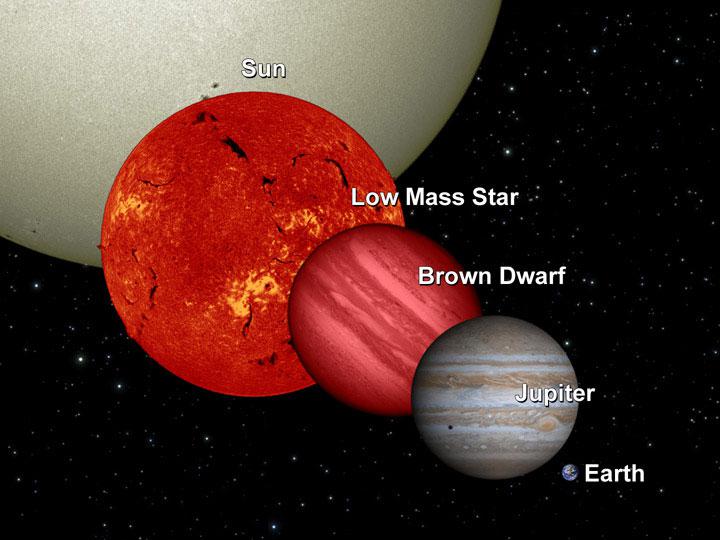
The biggest supergiant stars have diameters exceeding billions of kilometers.
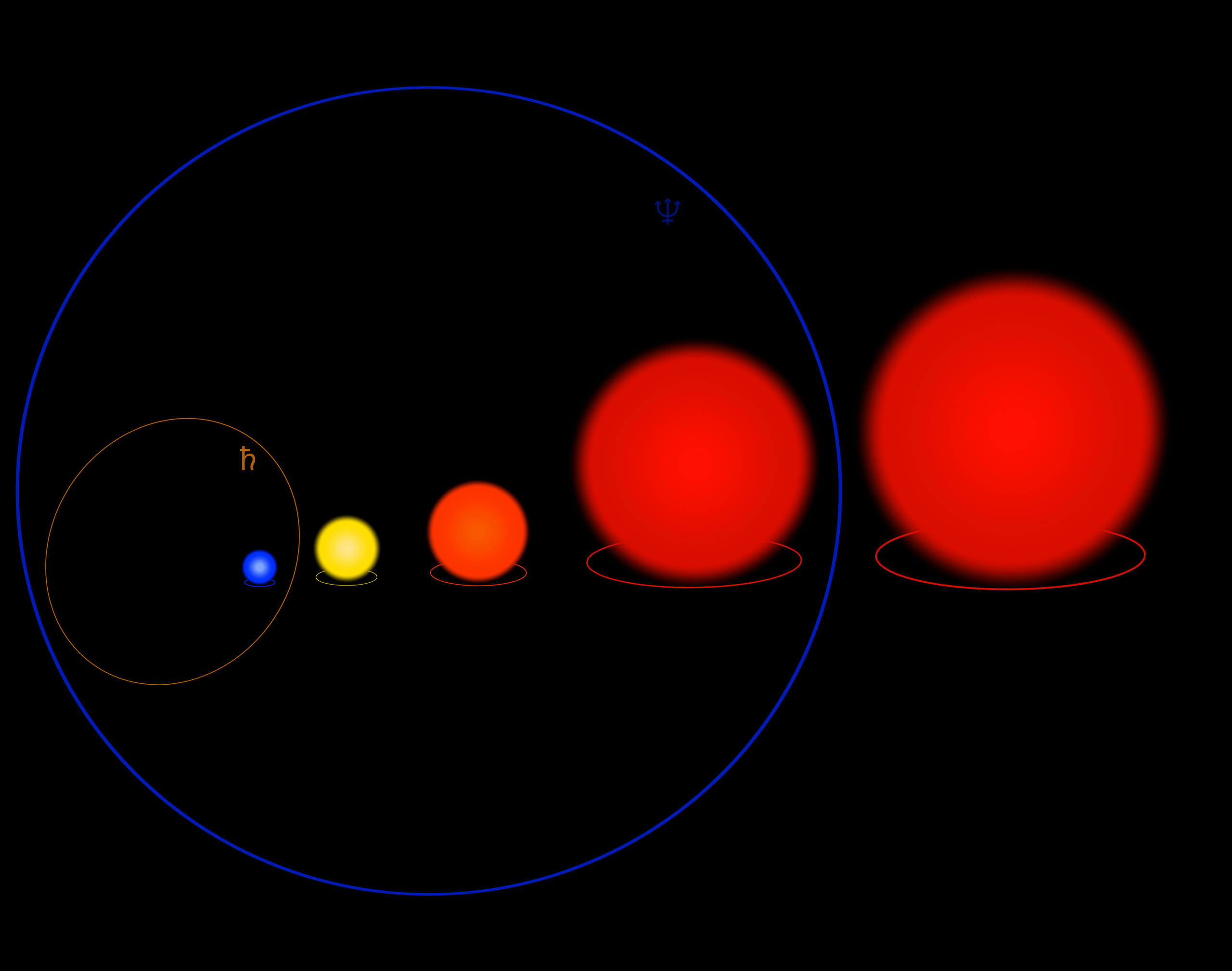
They’re comparable in size to the most supermassive black hole event horizons.

But even the largest individual objects are no match for cosmic collections of objects.
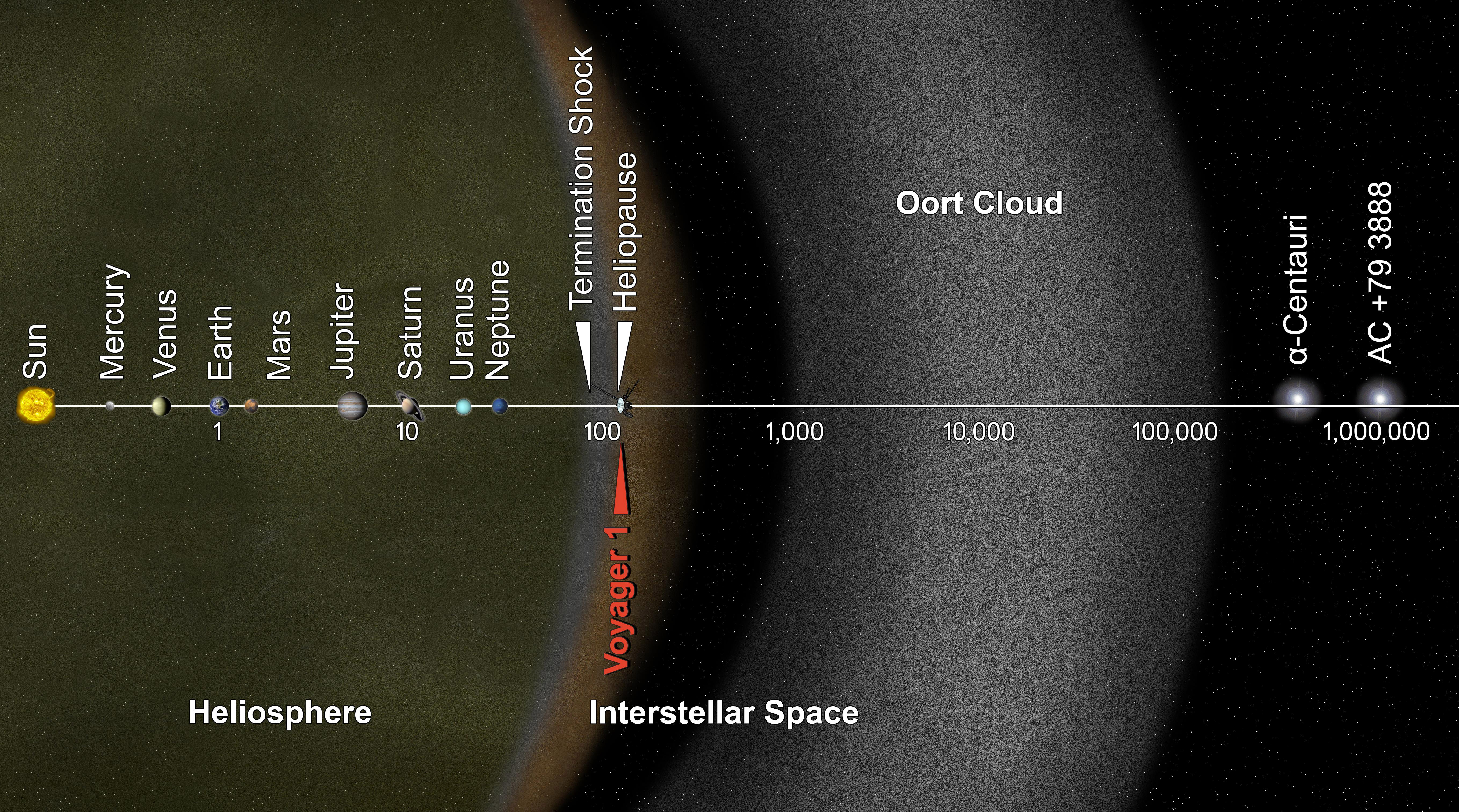
Around each stellar system, Oort clouds span multiple light-years: tens of trillions of kilometers.

The stars themselves cluster together into great galactic assemblages.
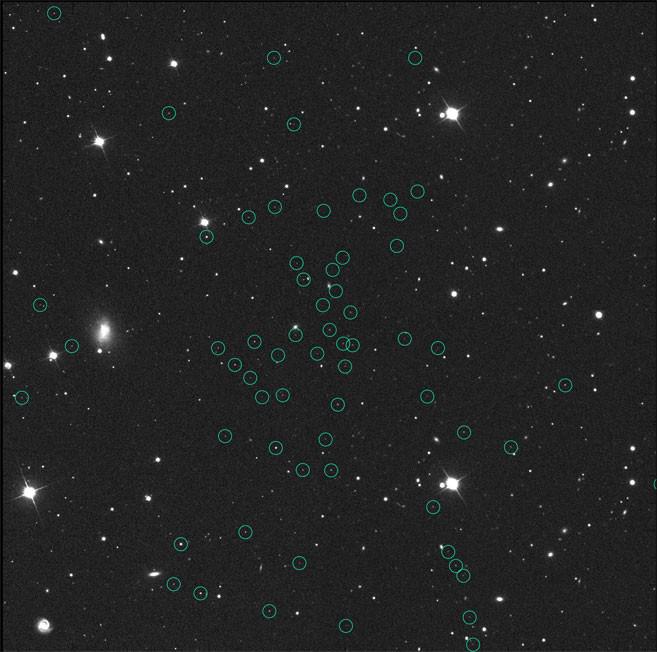
At minimum, they possess thousands of stars, spanning hundreds of light-years.
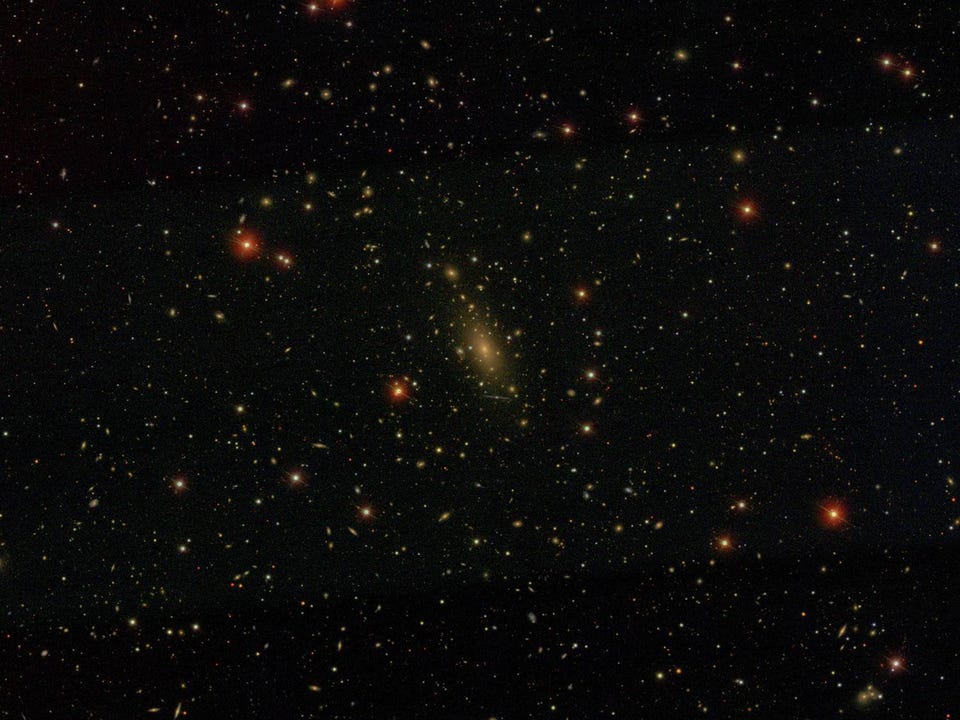
The largest galaxies contain over 100 trillion stars, with record-breaking Alcyoneus spanning an unprecedented 16 million light-years.

On even larger scales, galaxies cluster together, forming structures up to hundreds of millions of light-years across.

The largest superclusters, voids, and filaments — although not gravitationally bound — extend for billions of light-years.
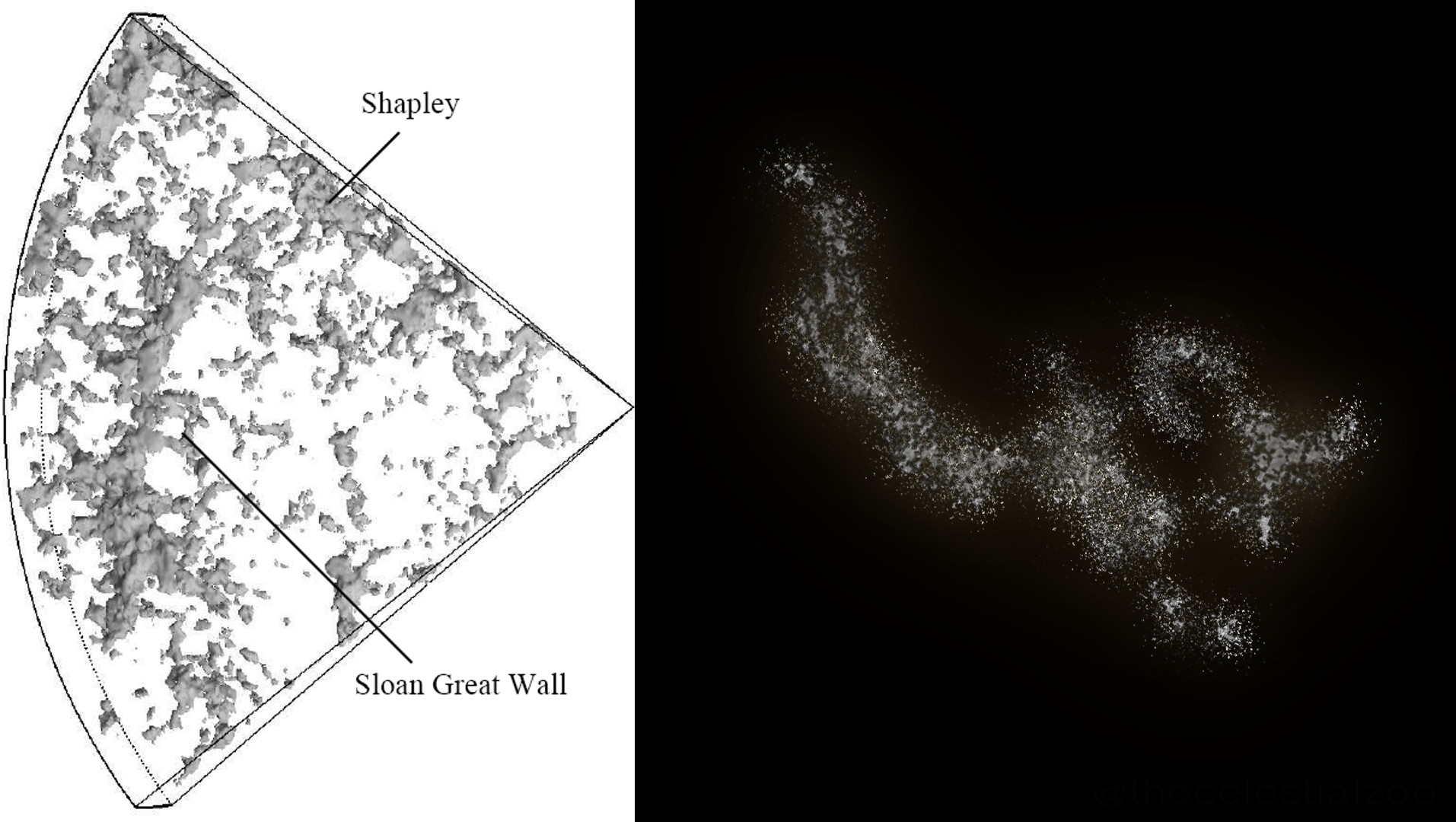
Overall, our observable Universe spans 92 billion light-years.
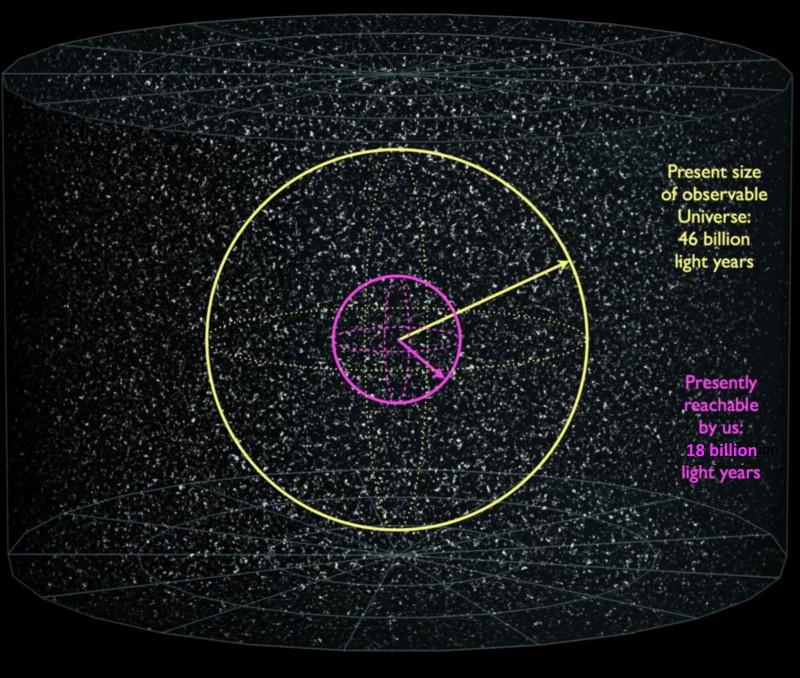
But the unobservable Universe must be at least hundreds of times larger.

For all we know, the Universe may even be infinite.
